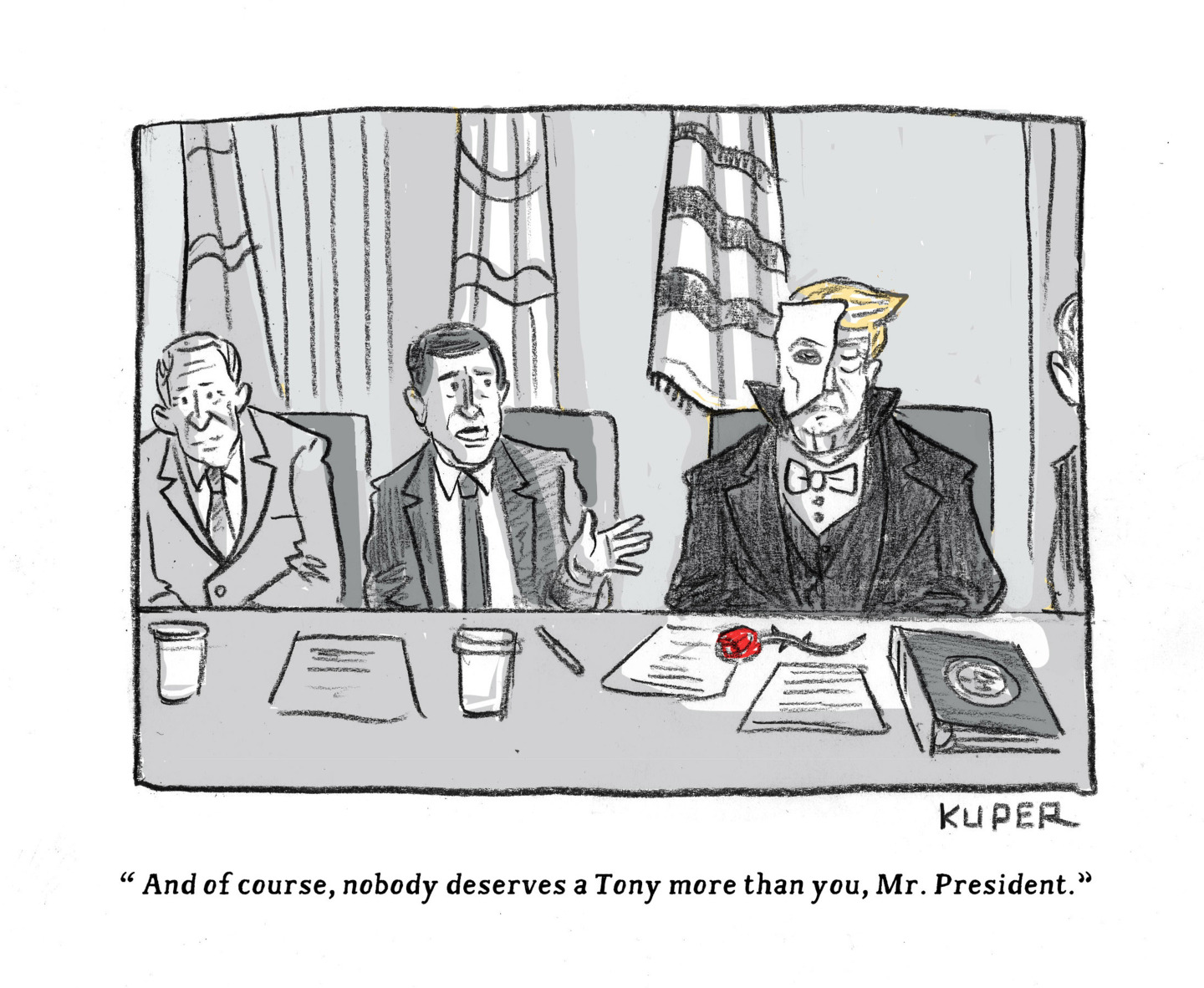Hide/Seek: Difference and Desire in American Portraiture
On view at the The National Portrait Gallery are works depicting same-sex desire from such artists as Andrew Wyeth, John Singer Sargent, Marcel Duchamp, and Nan Goldin.
National Portrait Gallery, Smithsonian Institution, Washington, D.C.
Through Feb. 13, 2011
Does being gay make an artist better? said Blake Gopnik in The Washington Post. The National Portrait Gallery’s excellent survey of works depicting same-sex desire makes a persuasive case for that “odd possibility”—or at least that an artist who’s intrigued by such desire becomes “a better, more careful observer.” The impressive roster of artists represented here, including Andrew Wyeth, John Singer Sargent, Marcel Duchamp, and Nan Goldin, hints as much. But the evidence is also in the art’s quiet urgency. Thomas Eakins exposes the erotic energy in all spectator sports with his playful 1898 painting of a crowd ogling a taut-bodied boxer. By showing blood pouring from the eyes of a young Elvis Presley, gay artist Ray Johnson tells us that, in 1957, allowing himself to gaze at America’s new sex symbol “was as perilous as when Oedipus looked wrong at his mother.” Gay desire created a “world of codes and obfuscations”—in short, rich soil for art.
The Week
Escape your echo chamber. Get the facts behind the news, plus analysis from multiple perspectives.

Sign up for The Week's Free Newsletters
From our morning news briefing to a weekly Good News Newsletter, get the best of The Week delivered directly to your inbox.
From our morning news briefing to a weekly Good News Newsletter, get the best of The Week delivered directly to your inbox.
The show uses biography to offer various keen reinterpretations, said Stanley Meisler in the Los Angeles Times. For instance, Marsden Hartley’s 1915 “Painting No. 47, Berlin,” traditionally viewed as “a pleasing, almost abstract work of art,” takes on a far different meaning once symbols inscribed within it are decoded as the initials, age, and insignia of the artist’s slain army-lieutenant lover. But the curators can also badly overplay their hand. Georgia O’Keeffe’s 1945 pastel drawing Goat’s Horn With Red is presented as the embodiment of the artist’s lifelong quest for “a means of representing female bodies and female sexuality untouched by men—a vision that is broadly lesbian.” Say what?
A free daily email with the biggest news stories of the day – and the best features from TheWeek.com
-
 5 prize-winning cartoons about Donald Trump's appetite for awards
5 prize-winning cartoons about Donald Trump's appetite for awardsCartoons Artists take on operatic ambitions, peace prize pacifiers, and more
-
 Will Trump’s $12 billion bailout solve the farm crisis?
Will Trump’s $12 billion bailout solve the farm crisis?Today’s Big Question Agriculture sector says it wants trade, not aid
-
 ‘City leaders must recognize its residents as part of its lifeblood’
‘City leaders must recognize its residents as part of its lifeblood’Instant Opinion Opinion, comment and editorials of the day